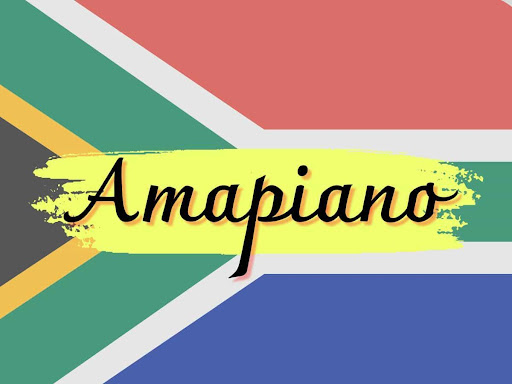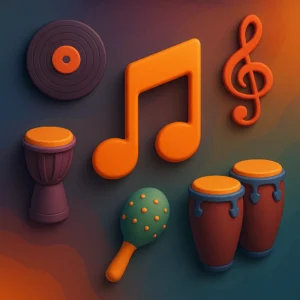Amapiano, South Africa’s signature house music subgenre, has taken the continent—and the world—by storm. Combining jazzy piano melodies, deep house beats, and soulful vocals, Amapiano offers an irresistible groove that has reshaped modern African music. In this article, discover Amapiano’s origins, defining features, key artists, cultural impact, and why it’s become a global sensation.
What is Amapiano? — South Africa’s Unique House Sound
Amapiano is a vibrant subgenre of house music that originated in the townships of South Africa around 2012. The name “Amapiano” means “the pianos” in Zulu and Xhosa, highlighting the genre’s signature use of jazzy piano riffs.
Its sound is characterized by:
-
Slow to mid-tempo beats (110-115 BPM)
-
Deep basslines with a distinctive log drum sound
-
Smooth jazz-inspired piano melodies
-
Minimalist, atmospheric synths
-
Vocal chants or soulful singing often in indigenous languages
The genre blends elements of deep house, jazz, kwaito, and lounge music into an infectious dance style loved by all ages.
Historical Context: How Amapiano Emerged in South Africa
Amapiano developed in the townships of Gauteng province, especially around Johannesburg and Pretoria. It evolved from the fusion of house music with local kwaito and jazz influences.
-
Early 2010s: DJs and producers began experimenting with piano-heavy beats, incorporating sounds from kwaito and deep house.
-
Cultural roots: Amapiano reflects South African urban township life, social gatherings, and youth culture.
-
Growth through social media and streaming: Platforms like SoundCloud, YouTube, and TikTok helped spread Amapiano beyond South Africa’s borders.
Key Musical Elements of Amapiano
-
Log Drum Bassline: A deep, percussive bass sound that is the heartbeat of Amapiano tracks.
-
Piano and Keyboard Melodies: Jazzy, smooth piano riffs provide the genre’s signature sound.
-
Groovy Percussion: Snappy snares, shakers, and claps give a unique rhythmic bounce.
-
Vocal Samples: From catchy chants to soulful vocals, often in isiZulu, isiXhosa, or other local languages.
-
Tempo: Relaxed but danceable beats, generally slower than traditional house music.
Notable Amapiano Artists to Follow
Kabza De Small
Known as the “King of Amapiano,” Kabza De Small is a prolific producer and DJ who helped popularize the genre with hits like “Sponono” and “Nana Thula.”
DJ Maphorisa
A versatile producer who blends Amapiano with Afrobeat and hip-hop, collaborating with top artists across Africa.
Sha Sha
Dubbed the “Queen of Amapiano,” Sha Sha’s vocals have become essential to the genre’s soulful vibe.
Focalistic
A rapper and singer who integrates Amapiano beats with street-style rap, pushing the genre’s boundaries.
Amapiano’s Rapid Rise and Global Impact
From township parties to international stages, Amapiano’s rise has been meteoric. It’s now a dominant sound across Africa and is influencing artists worldwide.
-
Viral hits: Songs like “John Wick” and “Emcimbini” have millions of streams on digital platforms.
-
International collaborations: Artists from Nigeria, the UK, and the US have jumped on the Amapiano wave.
-
Dance culture: The genre has sparked new dance trends and viral challenges on TikTok and Instagram.
Why Amapiano Is Here to Stay
Amapiano’s fusion of accessible rhythms, jazzy sophistication, and deep cultural roots makes it a compelling genre for both artists and fans. Its ability to evolve and cross cultural boundaries ensures it will remain a key part of Africa’s musical landscape.
Final Thoughts
Whether you’re discovering Amapiano for the first time or already hooked on its hypnotic beats, this genre offers a fresh and exciting sound that reflects the heart of South Africa’s youth and urban culture. Its blend of tradition and innovation continues to inspire and unite people across the globe.




